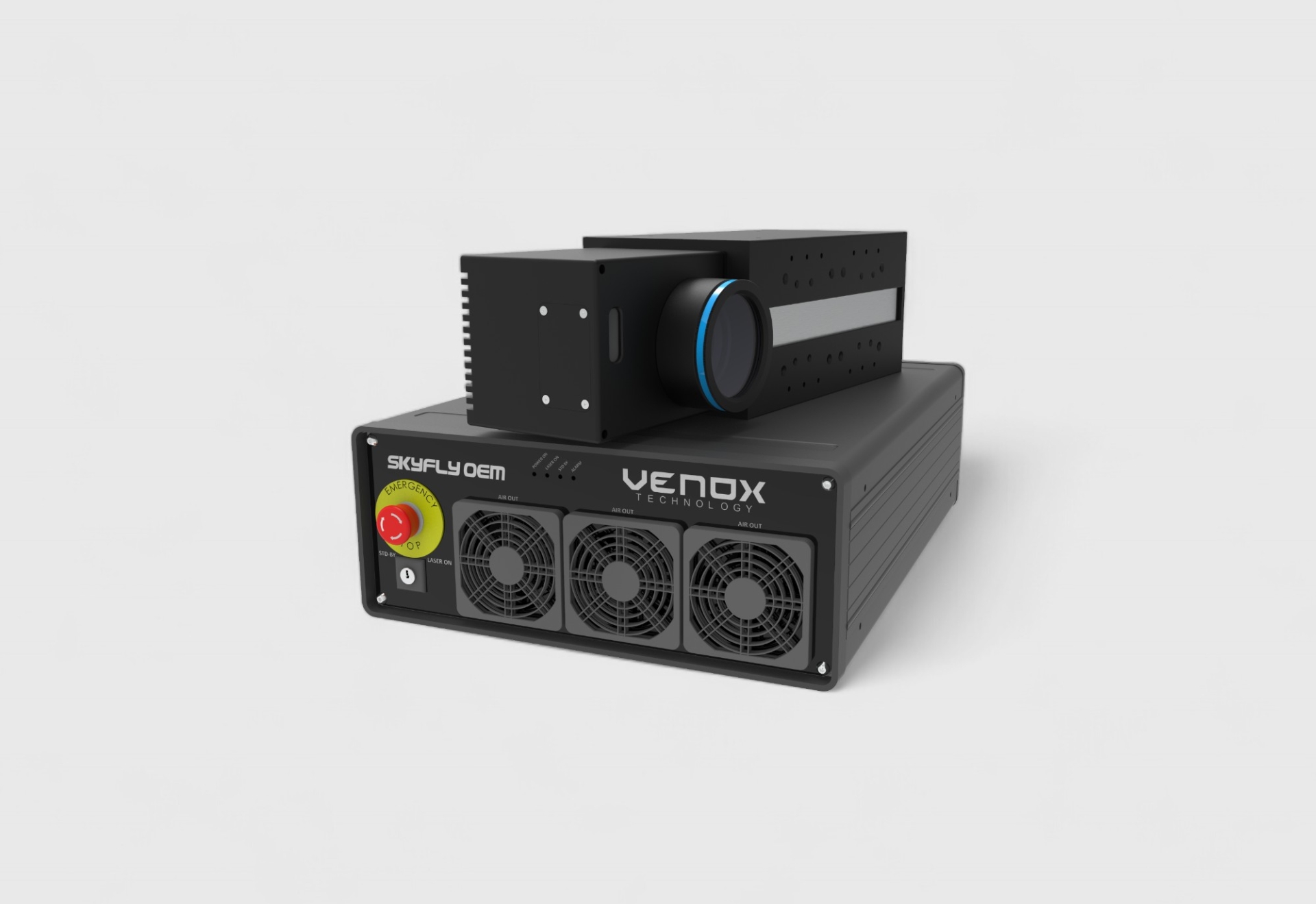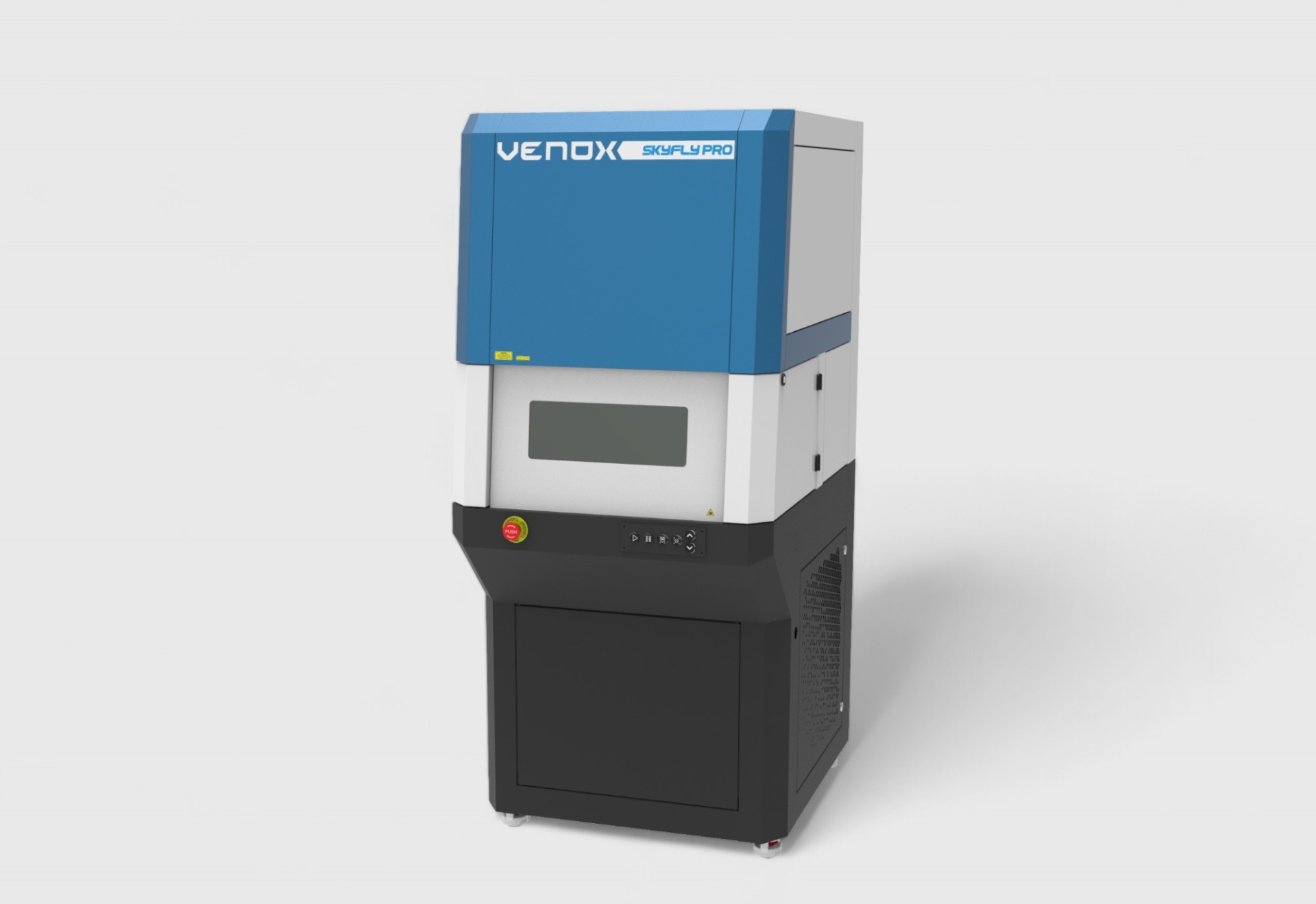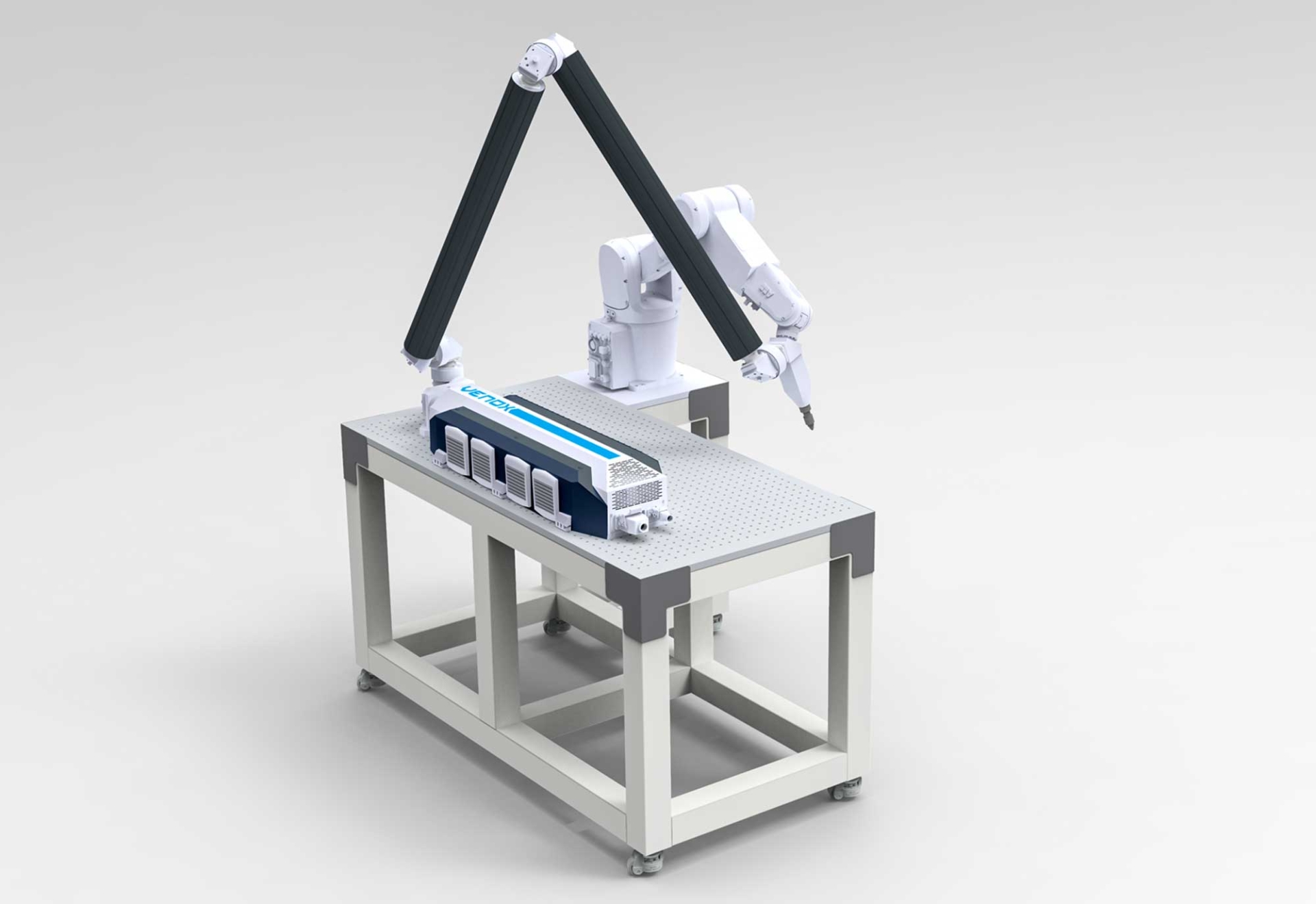What Is Laser Marking? How Is It Applied on Metal and Plastic Surfaces?
In industrial production processes, “laser marking” technology has become an important choice for businesses that want to achieve traceability, aesthetics and quality standards at the same time. In this article, we will guide you by answering key questions such as what laser marking is, on which materials it can be applied, and what needs attention on metal and plastic surfaces.
1. The Concept of Laser Marking and Its Basic Operating Principle
Laser marking is the process in which a high-density laser beam is focused on the surface of a material to create a permanent mark. The laser marking process is contactless; therefore, no pressure or physical contact is applied to the surface of the material. In this way, negative effects such as wear, fading and deformation are minimized.
The operating principle of this process generally consists of the following stages:
- The laser source is generated (for example fiber laser, CO₂ laser, UV laser).
- The laser beam is directed onto the surface to be processed by means of a focusing system.
- As a result of the interaction between the material and the laser beam, a chemical or physical change occurs on the surface and a permanent mark is formed.
2. Advantages of Laser Marking
Laser marking offers many advantages; these advantages are especially important for the production process, traceability and brand security:
- Durability: The marks created do not fade, are not erased and are not easily removed by external factors.
- High precision and resolution: It provides superior performance in processing small texts, logos, barcodes or QR codes and similar details.
- Contactless process: Since there is no direct mechanical contact in the marking process, the surface of the material is not damaged.
- Speed and efficiency: It can be integrated into mass production lines and offers advantages for high-volume manufacturing.
- Environmentally friendly: It minimizes the use of ink or chemicals and does not generate waste.
3. On Which Materials Can It Be Applied?
Laser marking technology can be used on many different surfaces. Below are the most common application materials and brief explanations:
- Metals: High-contrast and permanent markings can be made on alloys such as stainless steel, aluminum, copper and titanium.
- Plastics: Laser marking is among the preferred methods on thermoplastics such as polypropylene, polycarbonate, ABS and PVC.
- Glass and ceramics: Laser marking can be used on glass packaging, optical products, ceramic parts and surfaces.
- Rubber, paper and cardboard: It can be applied especially in the packaging industry for barcodes, batch numbers and similar codes.
4. Application Details of Laser Marking on Metal and Plastic Surfaces
In this section, we will discuss the main technical and practical steps that must be considered when performing laser marking on metal and plastic surfaces:
4.1 On Metal Surfaces
In laser marking on metal surfaces, the following points are particularly important:
- Type of material and surface coating (for example anodized aluminum, stainless steel, etc.).
- Determination of the laser type (generally fiber lasers, since metals require high intensity).
- Focusing and power settings: Laser power and speed must be selected correctly so that the surface is marked according to the intended result.
- Surface preparation: Factors such as the cleanliness of the part, coating status and oxidation affect the final result.
4.2 On Plastic Surfaces
Laser marking on plastic materials requires different criteria:
- Type of plastic and its interaction with the laser: Some plastics show foaming or color change when marked with a laser (for example the foaming technique).
- Thermal effect: Since plastic surfaces are more sensitive to heat, the laser power and frequency must be chosen carefully.
- Focus, speed and fill parameters: These should be optimized for clarity and aesthetic quality of the marking.
- Operational safety and equipment protection: Since plastic surfaces can be damaged, appropriate protective systems must be used.
5. Technical Features to Consider When Choosing a Laser Marking System
When selecting a laser marking system, the following technical parameters should be taken into consideration:
- Marking area (size of the surface to be marked).
- Laser power and wavelength — in metal applications, high-power fiber lasers are generally used.
- Scanning speed and fill level — these values determine production speed and quality.
- Software support and automation compatibility — the right software simplifies the entire process from marking design to automation.
- Cooling system and maintenance — in continuous use, the cooling system and lens/mirror maintenance are of critical importance.
- Safety and certifications — issues such as CE certification, operator safety and laser protection measures are important.
6. Application Examples and Sectoral Fields of Use
Laser marking technology is widely used in the following sectors:
- Automotive industry: Chassis numbers, spare part marking, production line tracking.
- Electronics industry: PCB boards, small components, internal device markings.
- Medical and healthcare industry: Sterile equipment, implants and products that are critical in terms of traceability.
- Packaging and consumer products: Date/batch codes, barcodes, QR codes, promotional products.
- Jewelry and luxury goods: Jewelry, special logos and personalized engraving applications.
7. Conclusion and Recommendations
In summary, laser marking offers a powerful solution in today’s production processes both technically and aesthetically. It is a highly applicable, durable and automation-compatible technology for metal or plastic surfaces.
However, for a successful application, variables such as material type, laser type, parameter settings and software support must be carefully evaluated. If you are considering switching to a laser marking system in your facility, we recommend that you take the following points into account:
- Clarify the surface and material type to be marked.
- Make sure that the laser system has technical specifications suitable for your needs.
- Check software and automation compatibility.
- Establish operator training, maintenance plans and safety procedures.
In this way, you can both increase your production efficiency and obtain robust, traceable and aesthetic solutions for your brand.






